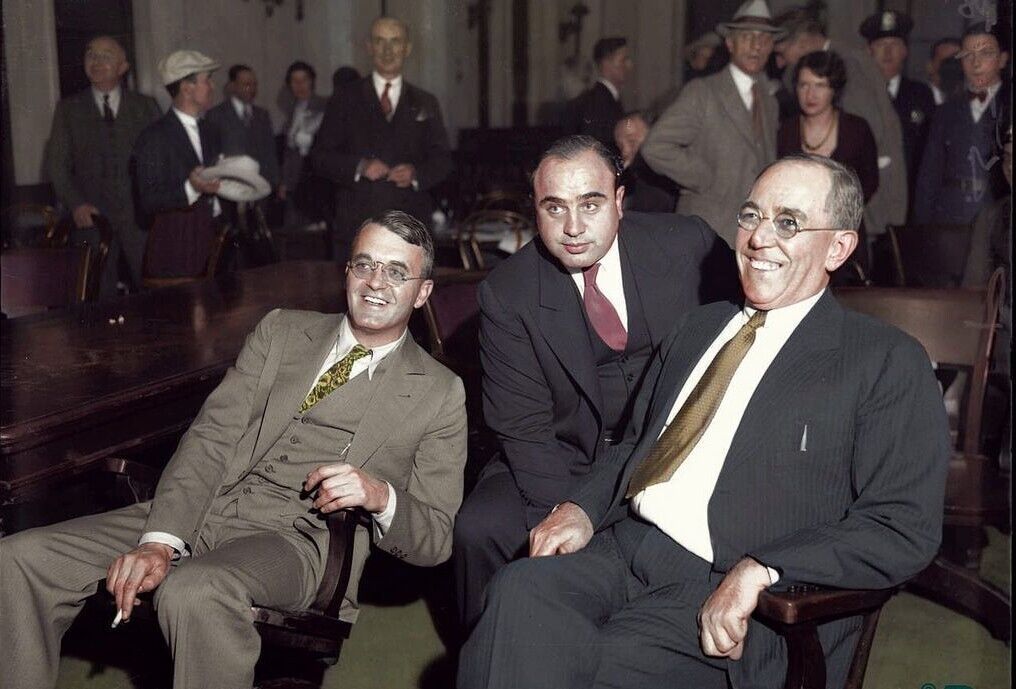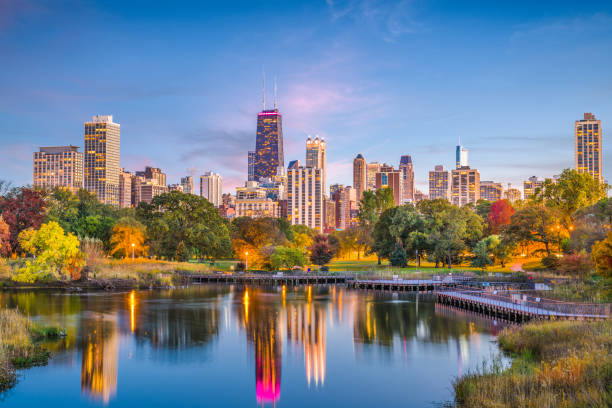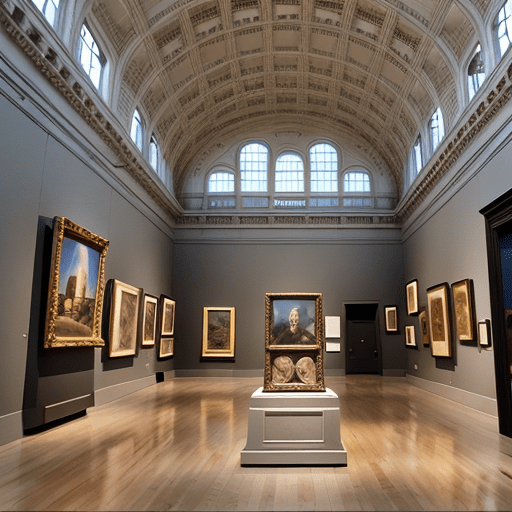The History of the Mob in Chicago: Rise of Organized Crime

Chicago, known as the Windy City, has a rich and captivating history, with one aspect that stands out prominently – its association with organized crime. The history of the mob in Chicago reaches back very far. The city’s reputation as a hub for criminal activities can be traced back to the early 1900s when Italian immigrants flocked to the city, bringing with them a culture that would shape the future of organized crime in Chicago.
The Early Days: Street Gangs and the Black Hand
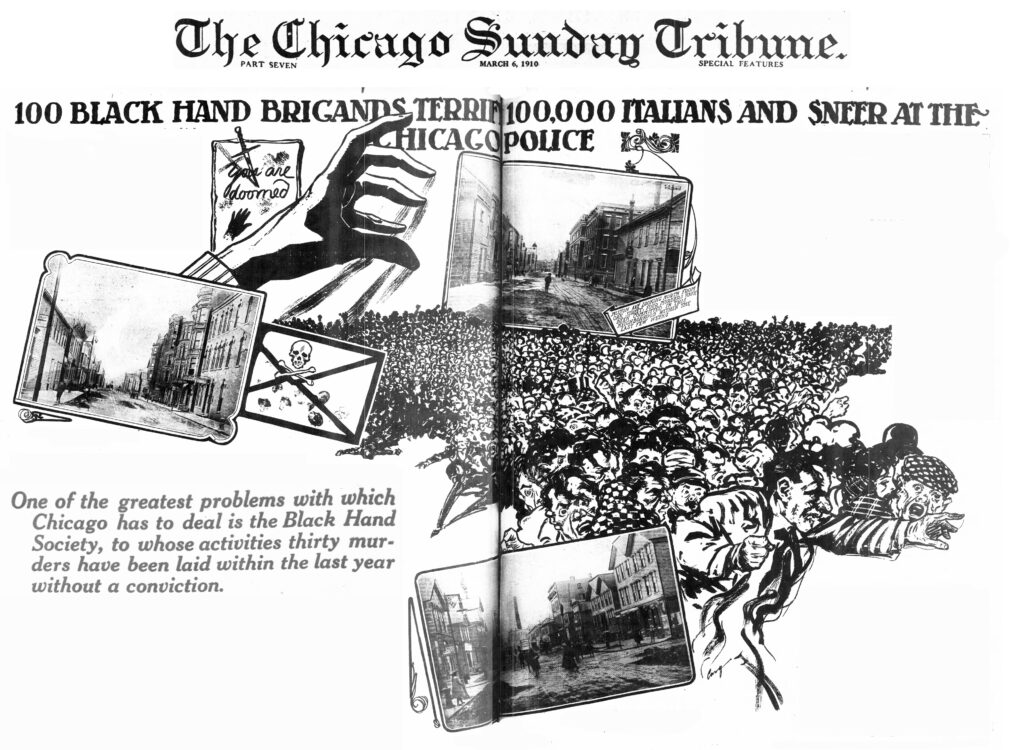
In the early 1900s, Chicago was a melting pot of different ethnic groups, including Italians. Street gangs, some of whom were of Italian descent, controlled various criminal activities in the city. Among these groups were the Black Hand extortionists, who practiced a scheme imported from Italy. The Black Hand involved sending threatening letters to residents, demanding money under the threat of violence. These letters were stamped with a hand in ink, giving the scheme its name.
While many Black Hand extortionists operated independently, some formed organized criminal syndicates. These syndicates would become the early foundations of what would later evolve into the Chicago Outfit, the city’s branch of the American Mafia.
The Emergence of the Chicago Outfit
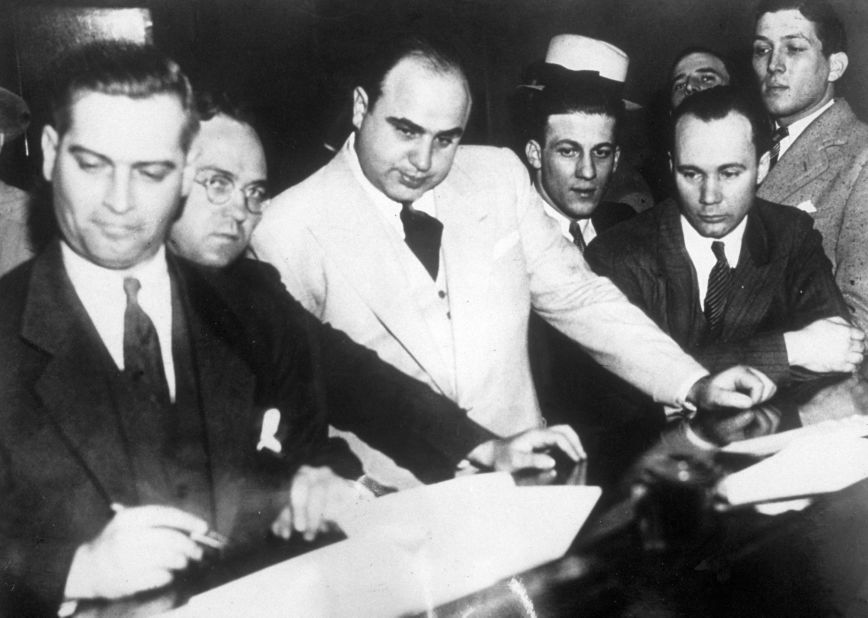
The Chicago Outfit, as it is known today, truly came into its own during the Prohibition era in the 1920s. Giacomo “Big Jim” Colosimo, a prominent figure in the underworld and owner of numerous brothels, had solidified his power over large portions of the criminal landscape. It was during this time that his nephew, Giovanni “Papa Johnny” Torrio, entered the scene, and in 1919, he introduced a new face to the world of organized crime – Alphonse “Scarface” Capone.
Prohibition, which took effect in 1919, presented a lucrative opportunity for criminal organizations. While Colosimo refused to enter the illegal booze business, Torrio saw the potential and urged his boss to reconsider. To remove the obstacle posed by Colosimo’s refusal, Torrio had him killed. This act set off a series of violent conflicts known as the “beer wars,” marking one of the bloodiest episodes in American organized crime history.
During this period, the Chicago Outfit focused not only on illegal alcohol production and distribution but also on other criminal enterprises such as gambling and prostitution. The Outfit’s influence expanded, with Torrio’s gang controlling the South Side and the Loop. However, they faced fierce competition from the North Side Gang led by Dean O’Banion.
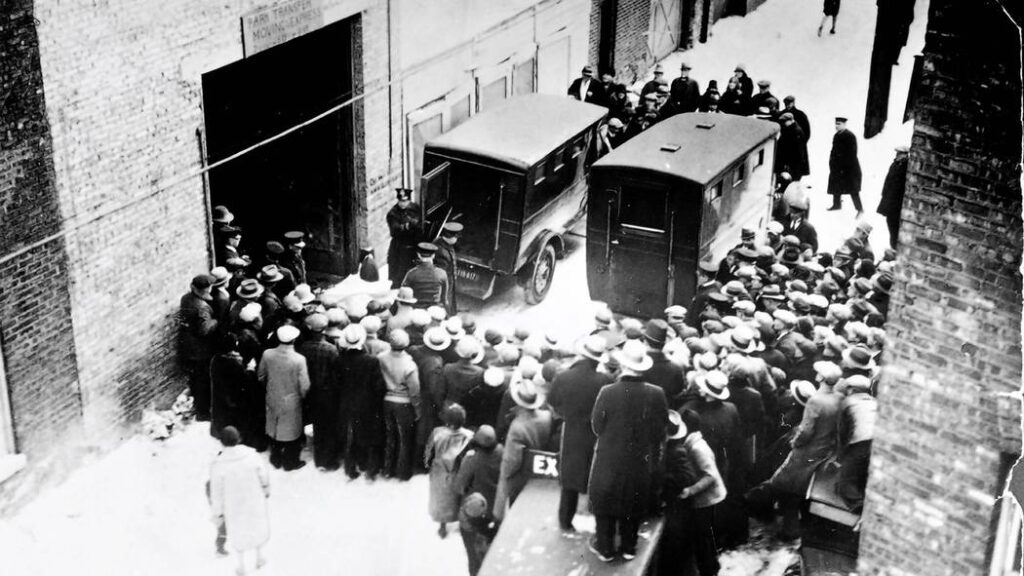
The tensions between the two rival factions escalated, leading to the infamous St. Valentine’s Day Massacre in 1929. Capone, seeking to eliminate his enemies, ordered his men to gun down members of the North Side Gang in a garage on North Clark Street. The brutal massacre drew significant negative attention and forced the city to crack down on organized crime.
Capone’s Reign and the Outfit’s Expansion
Following the St. Valentine’s Day Massacre, Capone emerged as the sole leader of the Chicago Outfit. His reign saw the organization grow in wealth and power, with a diverse group of individuals playing key roles in its operations. Notable figures such as Anthony “Tony” Accardo, John “Jake” Guzik, and Llewellyn “Murray” Humphreys became instrumental in the Outfit’s activities.
Capone’s criminal enterprise extended beyond Chicago, with alliances formed with other criminal organizations across the country. The Outfit engaged in various illegal activities, including gambling, narcotics, loansharking, hijacking, and labor racketeering. Additionally, they ventured into legal businesses such as waste disposal, restaurants, bars, vending machines, produce, trucking, and garment manufacturing.
In the 1930s, Capone’s reign came to an end when he was convicted for tax evasion and sent to prison. Despite his absence, the Outfit continued to operate, with Frank “The Enforcer” Nitti taking over as the boss. Under Nitti’s leadership, the Outfit expanded its operations to other regions, establishing a presence in Wisconsin, Missouri, Los Angeles, and Las Vegas. Las Vegas, in particular, became a significant stronghold for the Outfit, eventually taking control of legal casinos from the Five Families of New York City.
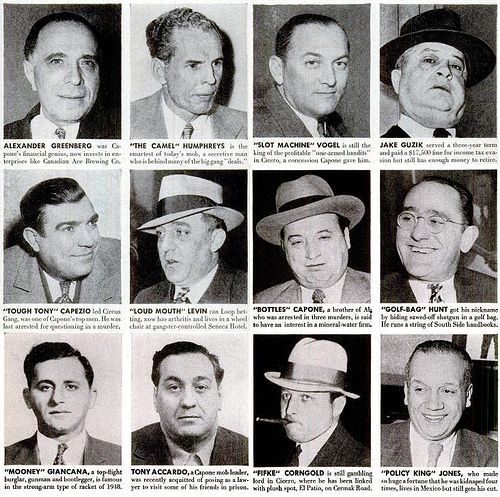
Challenges and Decline
The Outfit faced significant challenges in the mid-20th century. In 1943, a major scandal erupted when the FBI uncovered Chicago gangsters involved in extorting the movie industry in Hollywood. The resulting indictments and trials exposed the inner workings of the Outfit and its infiltration into legitimate businesses. One of the key figures implicated in the scandal was Frank Nitti, who tragically took his own life rather than face prison.
Following Nitti’s death, Paul “The Waiter” Ricca assumed leadership of the Outfit, with Tony “Joe Batters” Accardo as his trusted lieutenant. Together, they ran the organization for several decades, navigating through changing times and challenges. Accardo, known for his intelligence and discretion, led the Outfit for an impressive 20 years after Ricca’s death in 1972.
However, the Outfit’s power gradually waned over the years. The FBI’s relentless pursuit, coupled with advancements in law enforcement techniques such as the Racketeer Influenced and Corrupt Organizations (RICO) Act, dealt significant blows to the organization. Many members were prosecuted, leading to lengthy prison terms and the forfeiture of ill-gotten gains.
Today, the Chicago Outfit is a mere shadow of its former self. Membership numbers have dwindled, and most families are little more than street gangs. The national commission, which once united the families, has not convened since the late 1980s due to fears of FBI surveillance. The Outfit has also faced competition from other criminal organizations, such as Asian, Russian, and South American syndicates.
While the Chicago Outfit may have lost its prominent position in the criminal underworld, its history remains a fascinating tale of power, violence, and the distinctive role it played in shaping the city’s criminal landscape. The rise and decline of the mob in Chicago serve as a reminder of the ever-changing nature of organized crime and the enduring legacy it leaves behind.
